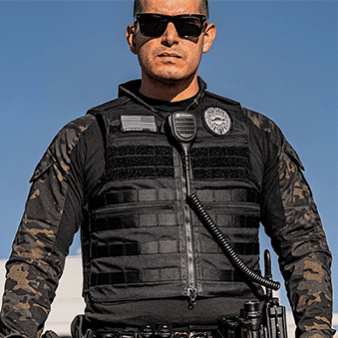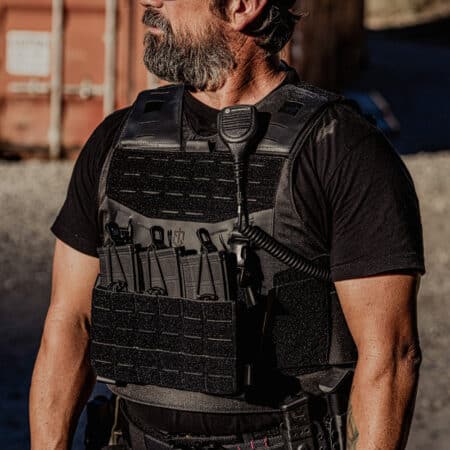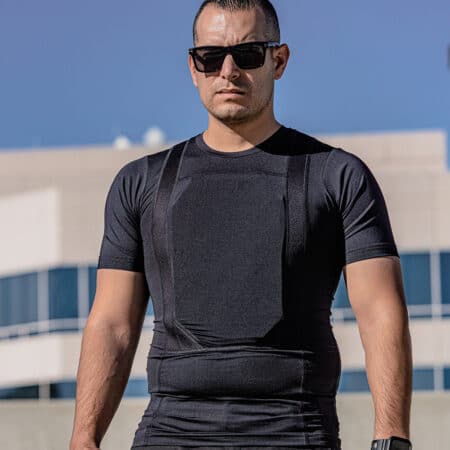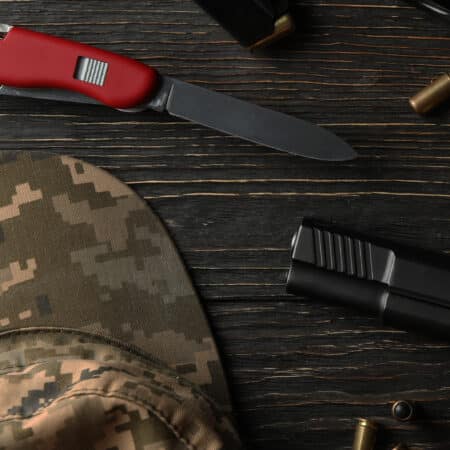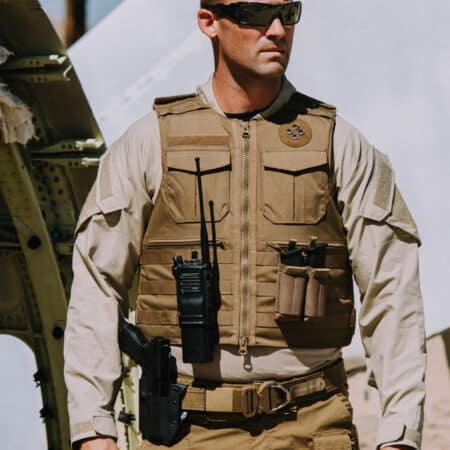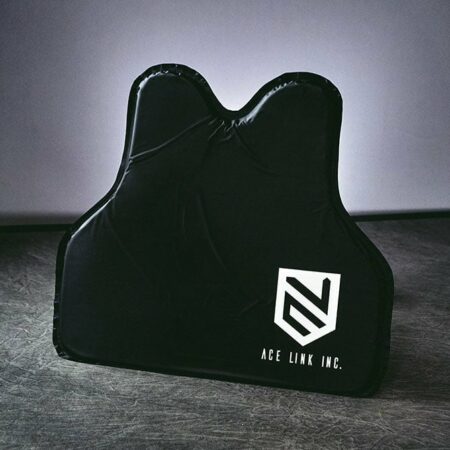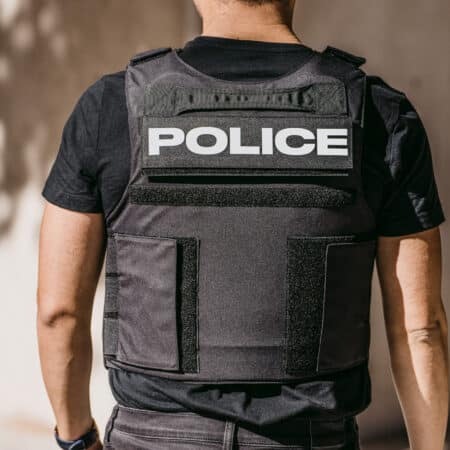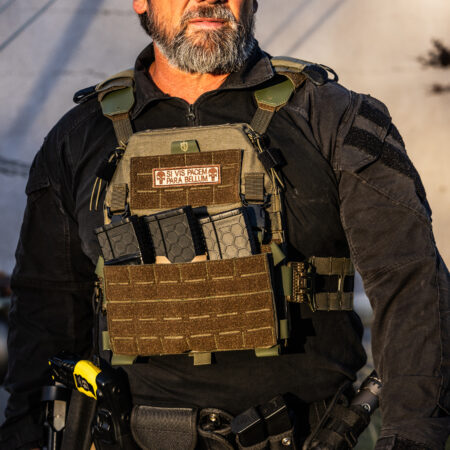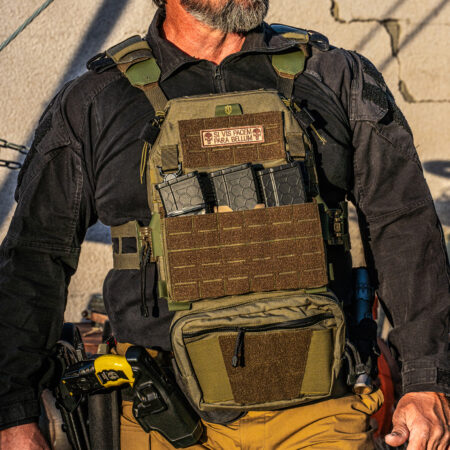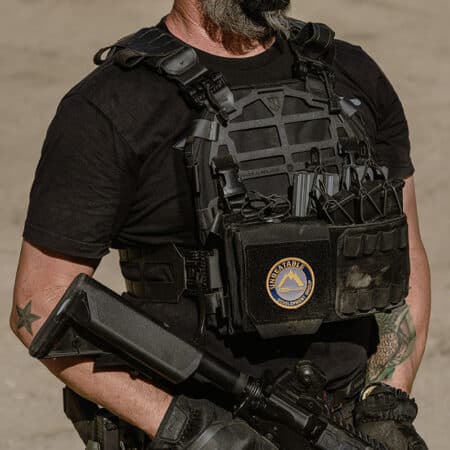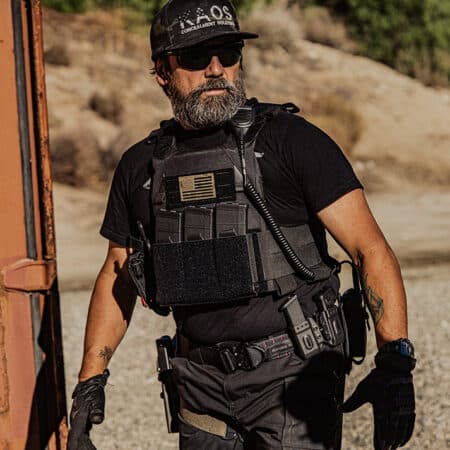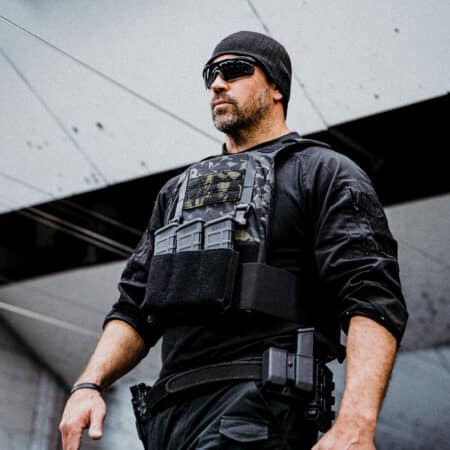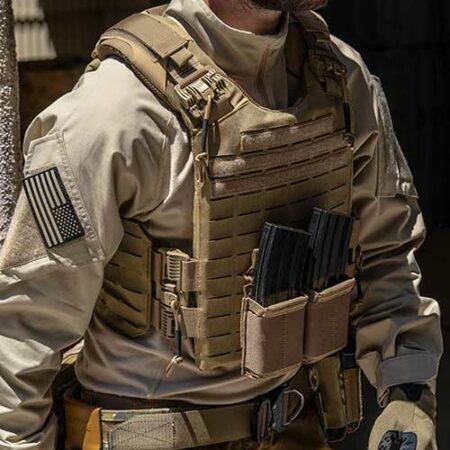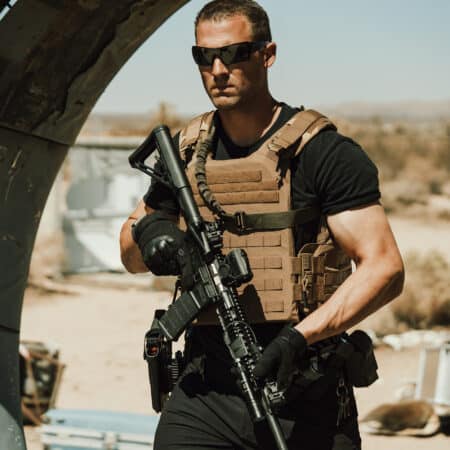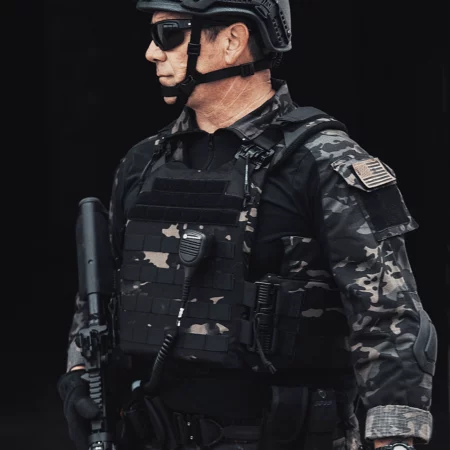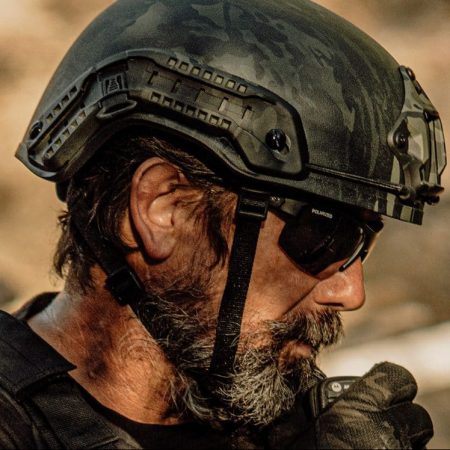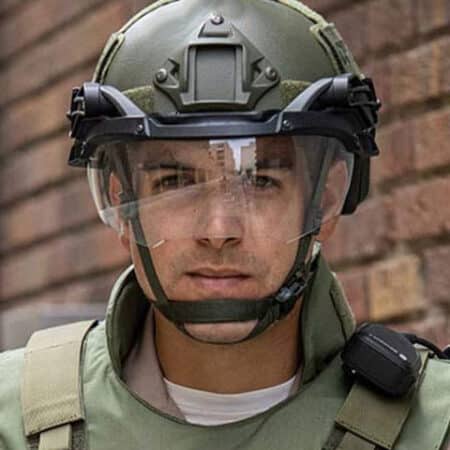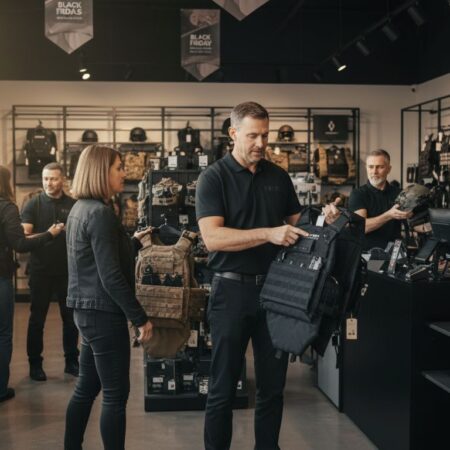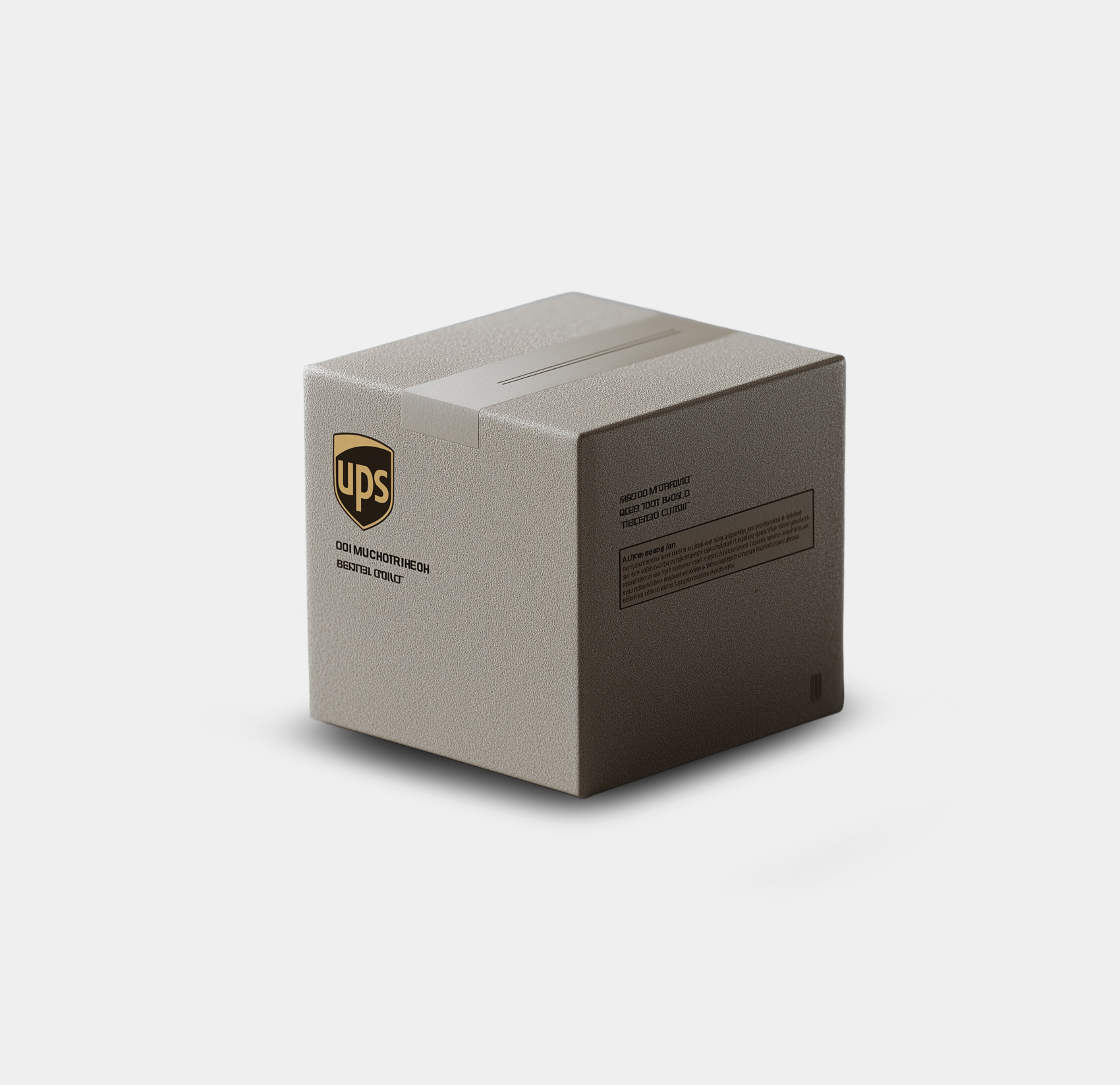In the line of duty, combat medics and emergency medical technicians (EMTs) serve a vital role, in saving lives and ensuring the effective completion of a combat objective with minimal casualties.
Their ability to deliver life-saving care hinges not only on their skill and training but also on the adequacy of their equipment, and the gear they carry. At the same time, the Combat Medic or EMT needs to ensure their own protection as well, which is why Body armor is an essential part of Combat medics gear. Body armor provides crucial protection from ballistic threats and other hazards of a combat zone, enabling these medical professionals to perform their duties with greater confidence and efficiency.
So, in this article, we will explore the indispensable role of body armor in combat medicine and emergency response, offering detailed insights into first aid techniques and practical applications for both military and civilian contexts.
What Kind of Armor do Combat Medics and EMTs use?
When it comes to Combat Medics in the Military, they use the same armor as any other soldier, which means they probably use the new Interceptor Body armor system fielded by the Military along with military standard ESAPI plates. The gear a Combat Medic carries on their body armor will definitely be different than other soldiers, and they would probably have an Aid Kit with them as well.
Civilian EMTs may use different kinds of body armor, and some may even go on duty without it. However, those who work in dangerous areas usually opt for soft armor ballistic vests, like police officers.
Product Comparision
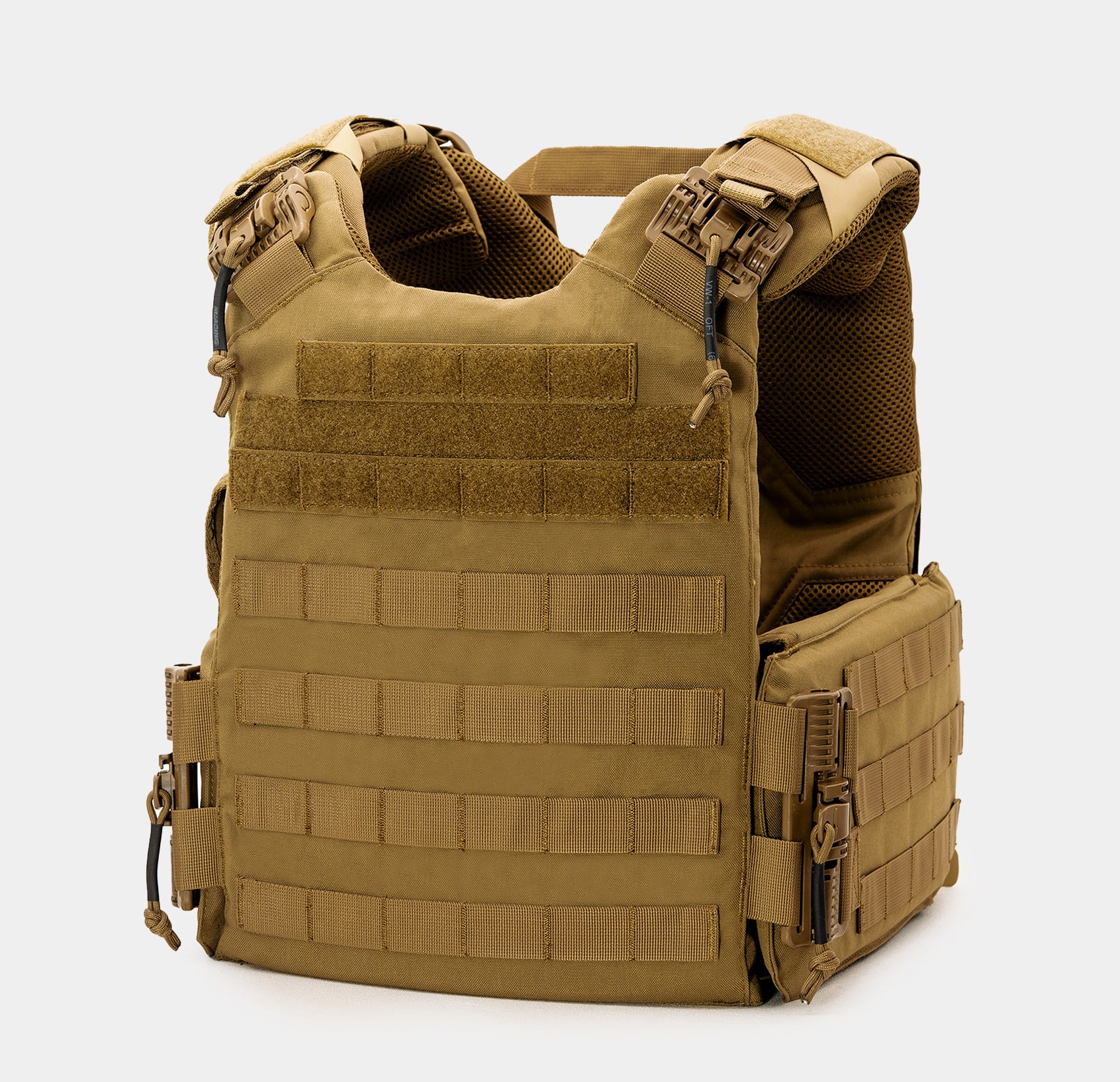

What kind of gear does a combat medic carry?
Apart from protecting combat medics and EMTs against Ballistic threats, shrapnel, and other dangers of the battlefield, Body Armor also facilitates immediate medical response in multiple ways.
Most importantly, it ensures the proper, and organized placement of First Aid Supplies. Using the MOLLE Webbing on a plate carrier or ballistic vest, Combat Medics, and EMTs can mount gear like tourniquets, Med Kits, and Scissors, efficiently integrating their essential supplies into their quick-access gear.
So, let’s take a more detailed look into the techniques Combat Medics use in the field, and what kind of gear they carry, both on their vests and in their Medical Kits to employ these life-saving techniques.
While specific Standard Operating Procedures (SOPs) may vary depending on the combat zone and whether medical care is provided in a civilian or military setting, most combat medics and EMTs rely on the widely recognized M.A.R.C.H. system when treating combat casualties. This system provides a clear, prioritized framework for addressing the most critical aspects of trauma care, ensuring that life-threatening conditions are managed systematically and effectively.
M.A.R.C.H is Acronym and it stands for
- Massive Hemorrhage
- Airway
- Respiration
- Circulation
- Hypothermia/Head injury
This shows the systematic order in which combat medics treat casualties in the field.
Massive Hemorrhage
First of all, they have to deal with Massive Hemorrhage, which means excessive bleeding. If an injured person is bleeding out, medics have to stop the bleeding before they can provide any other form of care, and for this, they carry the following gear
- Combat Application Tourniquets – to prevent bleed outs
- A Pair of Scissors – to cut away clothing and treat wounds
- Compressed Gauze – to wipe away any blood
- Combat Gauze – to pack bleeding junctional wounds
- Elastic Bandage Wraps like Ace Wraps – to secure the Gauze in place after a wound is packed
- Tape – to help hold bandages in place
Airway:
The next priority in the M.A.R.C.H. system is ensuring the Airway is clear. At this step, medics make sure the injured person can breathe properly. In a combat situation, the simplest way to assess this is to talk to the casualty. If they respond and speak clearly, their airway is likely unobstructed. However, if the casualty is unresponsive, other methods must be employed. Medics carry specific gear to address airway blockages, including:
- NPA (Nasopharyngeal Airway) kits – inserted through the casualty’s nose to ensure an unobstructed airway
- Cricothyroidotomy kit – used to make a breathing hole in the casualty’s throat and insert a tube that helps them breathe if the nasal airway can’t be recovered.
- Scalpel – to make an incision for the Cricothyroidotomy
- Tape – to keep the tube in place
Respiration:
Now, medics can move on to ensuring respiration. In this step, they assess and manage breathing issues and treat problems like open chest wounds and blood getting into the lungs. They carry the following gear to treat specific respiratory issues
- Chest Seals – to seal any open chest wounds to prevent air from entering the chest cavity.
- Needle Decompression kits – For the treatment of tension pneumothorax (air trapped in the chest cavity causing lung collapse.
- Digital Pulse Oximeter – to monitor vital signs like blood oxygen levels, heart rate, and breathing
- Bag-Valve-Mask (BVM) resuscitator – to facilitate breathing if required
Circulation:
The C in the MARCH system stands for Circulation, and in this step, combat Medics evaluate the casualty’s circulatory status, Administer fluids or blood through IVs if Necessary, and address any other issues with Blood circulation. They carry the following gear in Their Kits
- Syringes – to administer medications or fluids
- Hypodermic needles – to use with the syringes
- IV Tubing and Catheters – to gain intravenous (IV) Access
- Intraosseous (IO) Access kits – to administer medication or fluids through the bone if IV access is not possible.
- Alcohol Swabs – to clean any entry points for needles
- Gauze Pads – to prevent any minor bleeding caused by the catheter needles
Hypothermia and Head Injury:
Lastly, the ‘H’ stands for Hypothermia and Head Injury. Hypothermia can make combat injuries worse, and decrease chances of survival, So some medics, especially those serving in colder environments like Ukraine, may also carry gear to counter hypothermia, which can include Thermal Blankets to retain body heat
Now, Head injuries are among the most common injuries faced by active combat personnel. Whether it’s the shock wave from a nearby explosion, shrapnel or debris hitting the head, or a simple case of falling down, Head Trauma is quite common, and in severe cases, Medics do need gear like Cervical Collars to stabilize the casualty’s head and spine
Moving on, Aside from the gear used in the MARCH system, Medics, and EMTs also need to carry some Admin gear. This may include the following items
- Markers – to write on the casualty’s skin in emergencies. Medics usually write any medication they have given to them so that the doctors back at the field hospital have the information they need to treat the combat casualty effectively.
- Tactical Combat Casualty Care Forms: To document the medical given to a casualty
- Antibiotics – Combat zones aren’t really clean, so antibiotics are essential to avoid infections
- Pain Medications – to help injured combatants with pain
EMTs working in civilian environments will probably carry a lot of other gear in their kits, and in their ambulances, however, the gear mentioned above includes the things that combat medics carry directly on their body armor, or medical pouches mounted on their Body armor, which shows how essential armor can be in assisting medics to carry all the gear they need in a highly accessible system.
Do Civilian EMTs also need Body Armor?
Yes, Body armor can be very useful for Civilian EMTs as well, especially those who work in dangerous areas. You see, in many situations, EMTs need to go into rough neighborhoods and provide medical attention to casualties of gang violence, and other dangerous crimes. Additionally, they have to attach with police units to help them in case of injuries, which can bring several challenges along with it.
This is why many Civilian EMTs use ballistic vests. The Ace Link Armor High Vis Bulletproof Vest is an excellent option for EMTs, since it offers excellent visibility, and helps them stand out as EMTs, rather than Police Officers, which might make them more of a target. High Vis Vests can also help them avoid accidents when working on busy roadsides.

High Vis Bulletproof Vest
The High-Visibility Bulletproof Vest is designed for individuals working in high-risk environments, where their safety heavily relies on being visible and protected from potential handgun threats. This vest is particularly ideal for EMS (Emergency Medical Services) personnel, firefighters, security guards, and others who face dangerous situations in the line of duty.
For those working in emergency medical services, the ability to be easily seen can be a matter of life and death. When responding to accidents, incidents on highways, or other emergencies, they need to be conspicuous to both oncoming traffic and the people they are assisting. A high-visibility bulletproof vest ensures that they are easily spotted, even in low-light or hazardous conditions, reducing the risk of further accidents or injuries.


